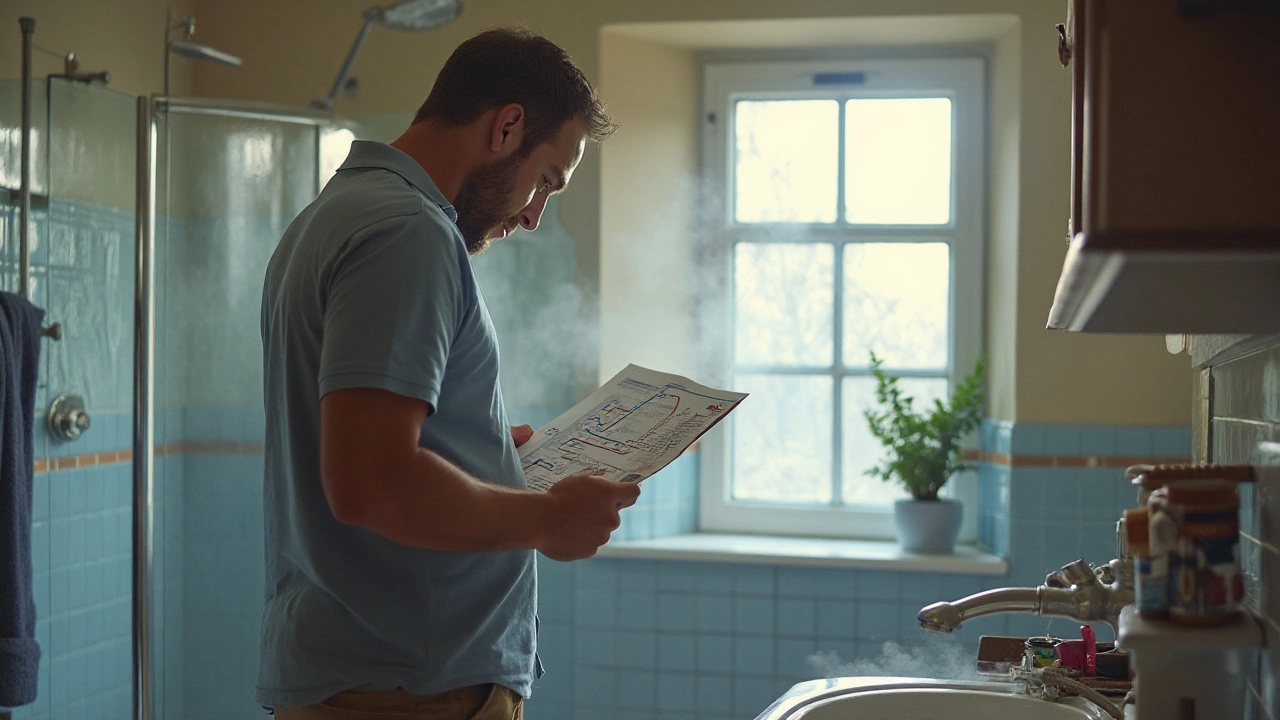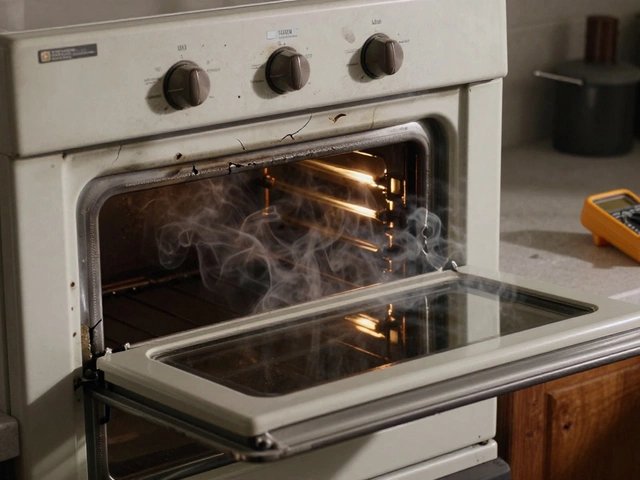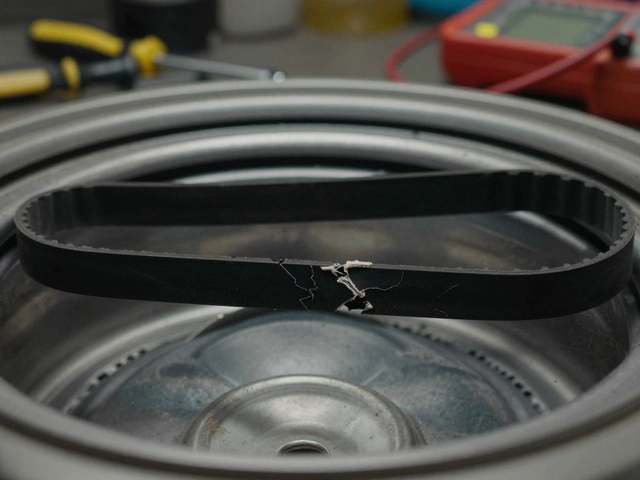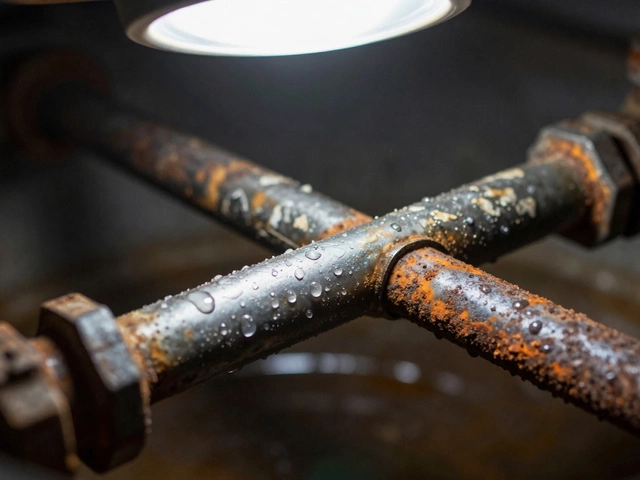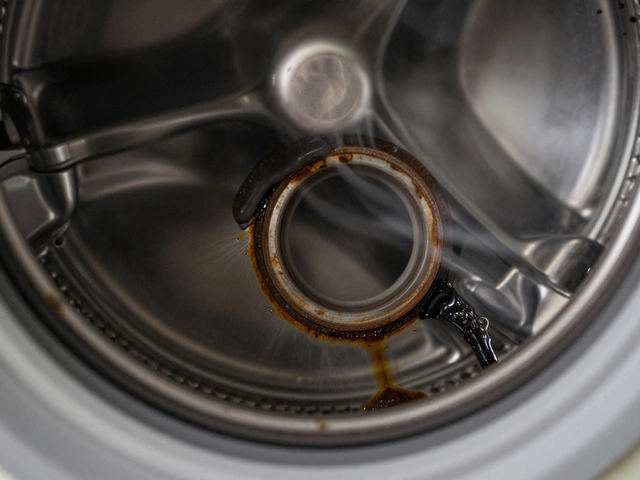Cold Shower Fixes – Simple Steps to Warm Up Your Shower Fast
If you step into the shower and get a blast of cold water, it’s annoying and can ruin your morning. The good news is most cold‑shower problems are easy to spot and fix. In this guide we’ll walk through the common reasons a shower goes cold and give you quick, practical steps you can try before calling a pro.
Common Reasons for a Cold Shower
First, understand what could be causing the chill. The usual suspects are:
- Water heater issues. A dead heating element, a broken thermostat, or a low gas supply can stop hot water from being produced.
- Faulty mixing valve. The valve that blends hot and cold water may be stuck or worn, sending too much cold water into the shower.
- Pipe problems. Long runs of uninsulated pipe, a leak, or a blockage can let heat escape before the water reaches the showerhead.
- Power supply. Electric heaters need a steady 240 V supply. A tripped breaker or loose connection will leave you with cold water.
- High demand. Running a dishwasher or washing machine at the same time can drain hot water faster than the heater can keep up.
Knowing which of these fits your situation saves time and avoids unnecessary service calls.
Quick Fixes You Can Try Today
1. Check the thermostat. Most modern water heaters have a dial or digital setting. Make sure it’s set to at least 120 °F (49 °C). If the dial feels loose or the display is blank, the thermostat may need a reset or replacement.
2. Reset the breaker. Find your home’s electrical panel and look for a tripped breaker labeled “Water Heater.” Flip it off, wait a few seconds, then flip it back on. This often restores power to an electric heater.
3. Flush the heater. Sediment builds up inside the tank and can insulate the heating element. Turn off the heater, attach a garden hose to the drain valve, and let the water run until it’s clear. Refill and fire it back up.
4. Inspect the mixing valve. Remove the showerhead and feel the water temperature at the pipe. If it’s still cold, the valve is likely the issue. A universal mixing valve can be swapped in a few minutes with basic tools.
5. Reduce simultaneous usage. Schedule dishwashing and laundry for different times than your shower. This lets the water heater recover and supply steady hot water.
If none of these steps raise the temperature, it’s probably time to call a qualified technician. A professional can test the heating element, pressure‑treat the system, or replace a faulty part safely.
Remember, regular maintenance—checking the pressure relief valve, inspecting anode rods, and flushing the tank—keeps your water heater running efficiently and prevents cold‑shower surprises.
Cold showers are frustrating, but most of the reasons behind them are straightforward. Use the tips above to diagnose and fix the problem yourself, and enjoy a warm, relaxing shower again soon.
14 August 2024
·
0 Comments
Having a shower that runs cold while the sink provides hot water can be a puzzling situation. This article explores potential reasons behind this problem, such as faulty mixing valves, clogged pipes, and malfunctioning water heaters. By understanding these causes and their solutions, homeowners can effectively tackle cold shower issues. Specific tips and troubleshooting steps offer practical help for those encountering this household dilemma.
Read more

